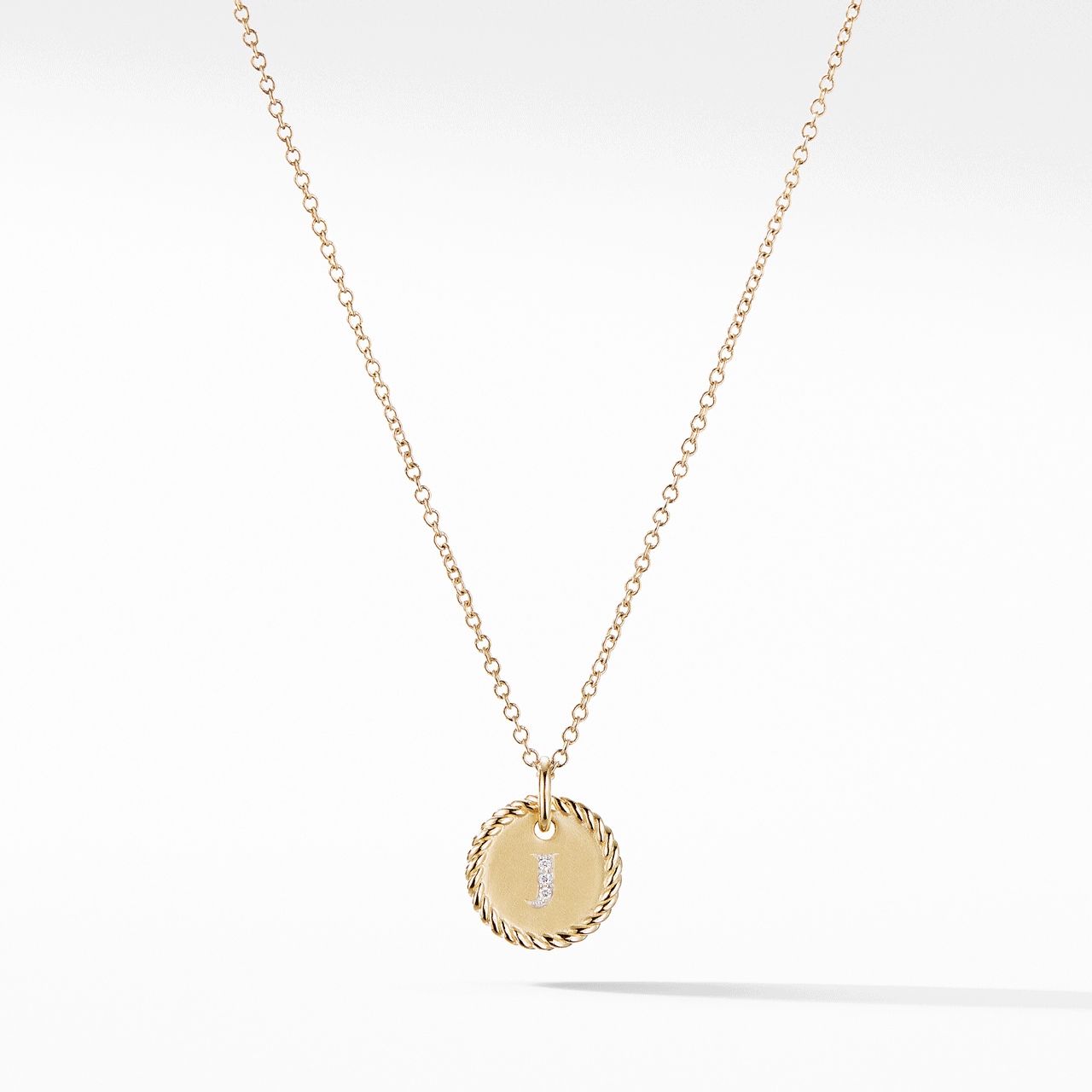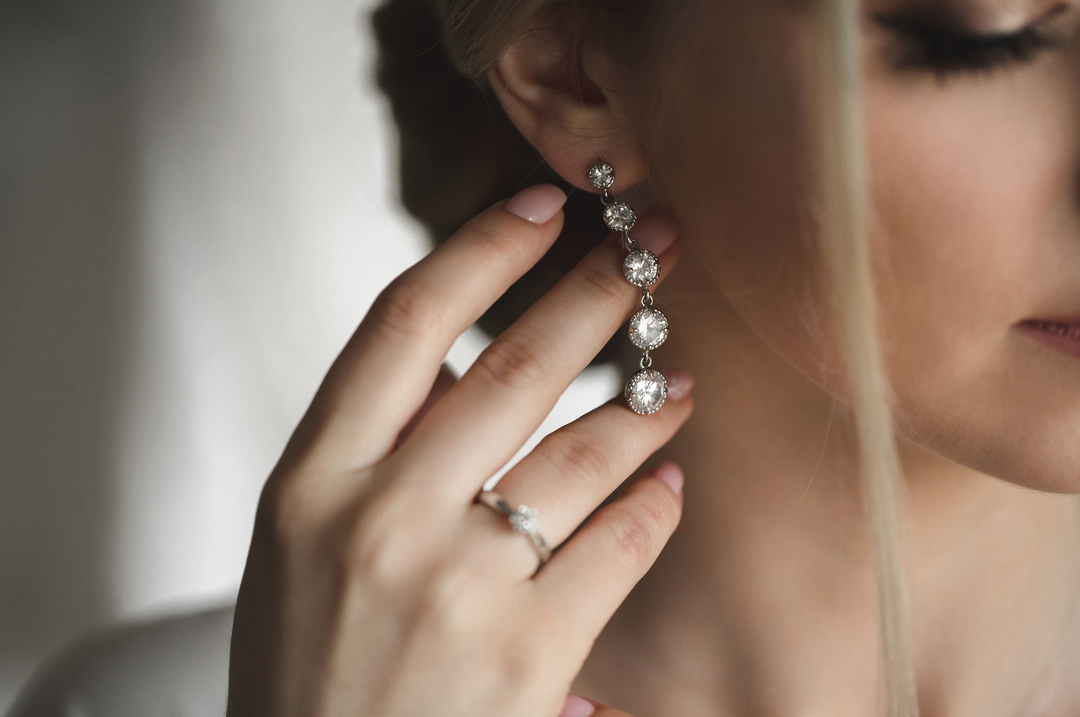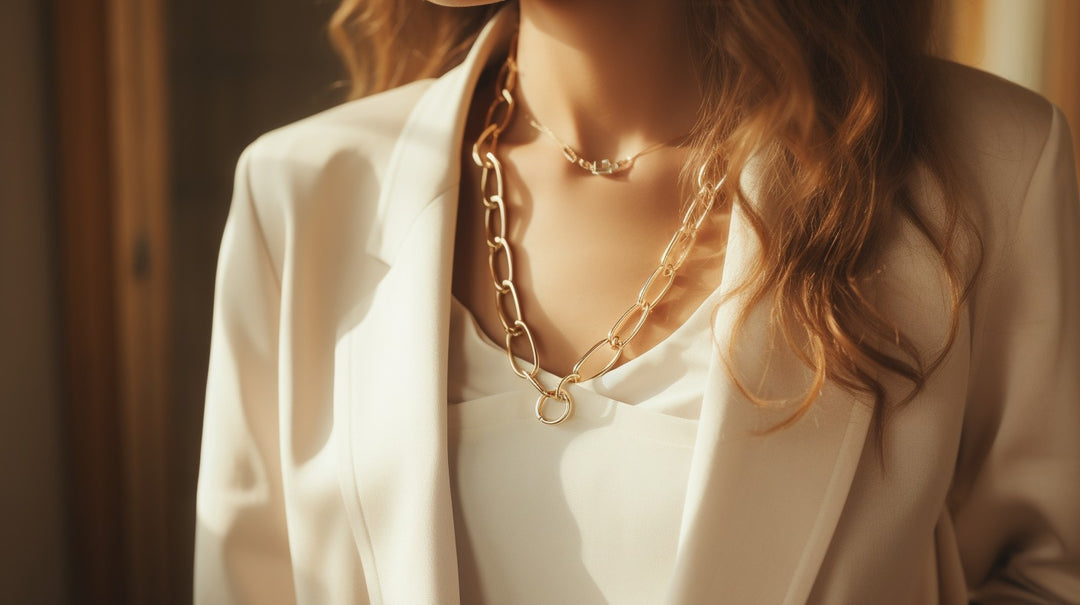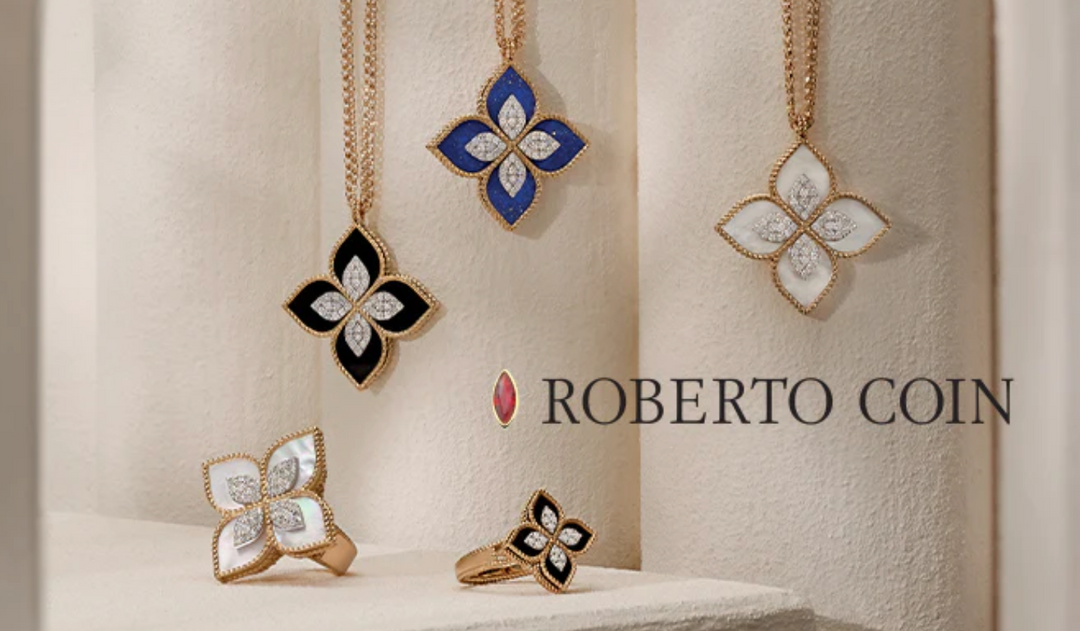5 Things to Know Before You Pop the Question
You've found the one, now it's time to find the ring...but where do you start? To get you on the right path, we have put together our top five things to think about as you start your journey towards the perfect proposal. Take some pressure of yourself and keep these tips on top of mind, and you are sure to find a ring she will love.
1. WHAT IS YOUR BUDGET?

You don’t need the exact number, but have a range in mind, be it monthly payments on an installment program, financing the entire purchase, or any combination of either. You may be pleasantly surprised that financing offers now allow you to find the perfect ring for less than you may have imagined. In the end, try to purchase the nicest ring that you can afford and be sure you’re comfortable with the payment or expense; being uneasy about debt is not something you want on your mind right now.
2. WHAT IS HER STYLE/TASTE?

What kind of jewelry does she already wear? Is she more classic or modern? Feminine or sophisticated? Do her pieces tend to be more delicate or chunky? Simple or ornate? Observe her demeanor, her body language, her dress, and any references she makes about jewelry, fashion and style. She will be wearing this ring 24/7 every day of her life. It will need to go with everything from jeans to evening wear and everything in between. Penchant in design is often reflected in other tastes a woman has. If she prefers clean, modern lines in furniture, for example, it's likely she'll react well to the same aesthetic in her engagement ring.
3. WHAT SETTING IS BEST?
While there are an unending variety of patterns, details and metal choices, there are four basic types you are likely to encounter:

Solitaire - A single stone. Still the most popular choice in engagement rings. The head secures the diamond. Prongs allow the diamond to catch the most light. A four-prong-setting typically shows more of the diamond.

Sidestone - Diamonds or other gemstones, flank the main stone for additional sparkle or color. Popular sidestone settings include 'channel', which protects stones by keeping them flush, and 'bar-channel', which allows more light to enter the sidestones.
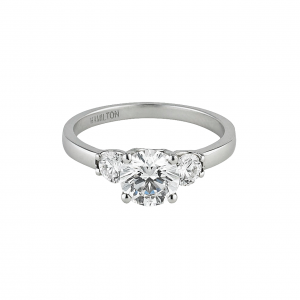
Three Stone – Best described as ‘One diamond for the past, one for the present, and one for the future.’ Typically, the center diamond is larger than the two side stones. The gemstones are most often all diamonds, but other gemstones can be used as well, such as a diamond flanked by 2 sapphires, etc.
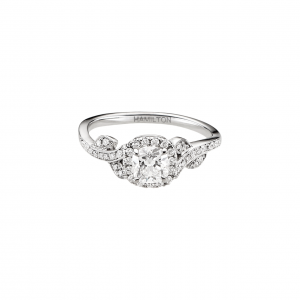
Vintage inspired – This includes ‘halo’ settings that feature a center diamond with pavé diamonds surrounding it. Designs that are vintage or estate inspired often have delicate engraving and filigree details to further enhance the ring.
4. YES, THE 4 C’S ARE REALLY IMPORTANT.

You don’t need to obtain a gemology degree, but you should have a basic understanding of what contributes to a diamonds value and appearance. And as fundamental as it sounds, there IS a fifth “C”….Confidence in your jeweler. Ask for referrals - - be sure you’re buying from a reputable jeweler who is a member of either the Gemological Institute of America (GIA) or the American Gem Society (AGS).
Carat
The concept here is straightforward: Carat refers to the weight of a diamond. The heavier the stone, the more you’re going to pay. However, there’s no need to focus solely up on the carat weight number. Through proper mounting and shaping, a master jeweler can make a diamond appear larger than its carat weight might suggest, while also bringing out its maximum brilliance.
Clarity
Evaluators of diamonds base part of the price on luster and sheen. These relate to the clarity of the stone. You can spend less on a very large but cloudy diamond for example, than on a small but transparent and shiny one. Diamonds are the most durable compounds on earth and the amount of pressure it takes to cut one is immense. Inclusions (an industry term) form and as a result, there are grades to rate specific diamonds for clarity. The important thing to bear in mind, however, is that the less flaws visible to the naked eye, the more expensive the stone.
Cut
A good cut predisposes the amount of light that can enter into the stone, refract and emit that brilliant quality that people love in a diamond. Cut doesn’t refer to the shape of the diamond, but rather the angles and proportions of the stone. While nature determines the other three C’s, the diamond’s cut is determined by a cutter. A well cut diamond reflects light from one facet to another and projects the light through the top of the stone…giving a diamond its sparkle. Diamonds that are cut too deep or too shallow leak light through the bottom or the side of the stone, resulting in a lackluster appearance. Out of all the four C’s, cut is the most important. Even if you have the perfect color, clarity, and carat, if the cut isn’t right, the diamond won’t have that fiery brilliance that your fiancé will be proud to show the world.
Color.
To the surprise of many people, diamonds come in a variety of colors. Diamond color is graded on a scale that ranges from D (colorless) to Z (light yellow). Truly colorless diamonds are the most rare and most exquisite.
5. ARE YOU GOING IN SOLO OR WITH YOUR SOON-TO-BE-BRIDE?
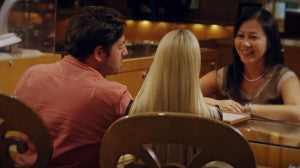
This is a big decision…..the surprise proposal vs. the ‘let’s-shop-together’ option. There truly is no right answer here. If you feel confident in your reconnaissance mission to understand her taste and style, you’ve done your homework on what to look for….then, by all means, sky-write the proposal and be bold. Think of the story that she will tell forever - - - not only did you surprise her, but you nailed it with the perfect ring. That’s a keeper.



